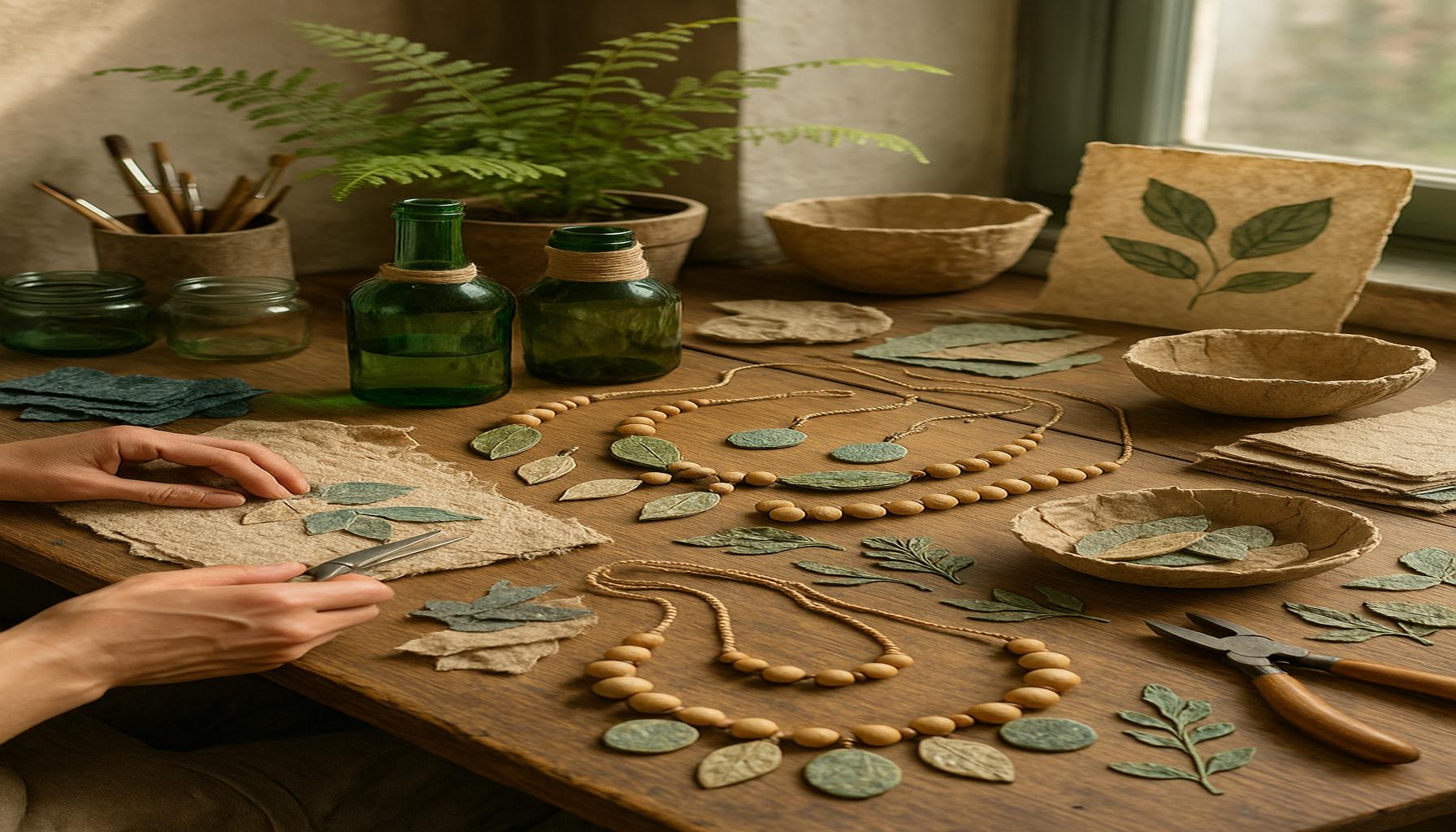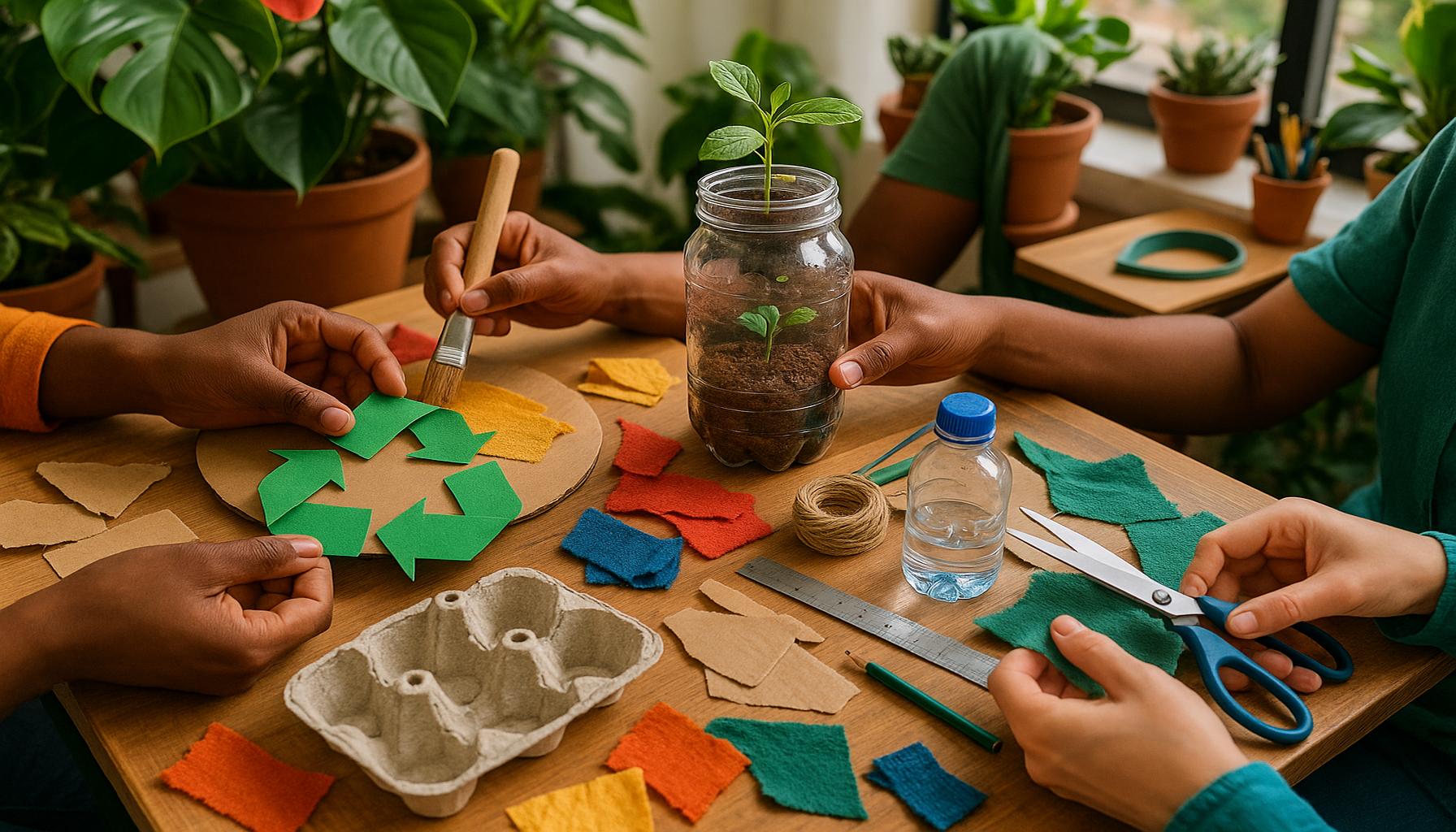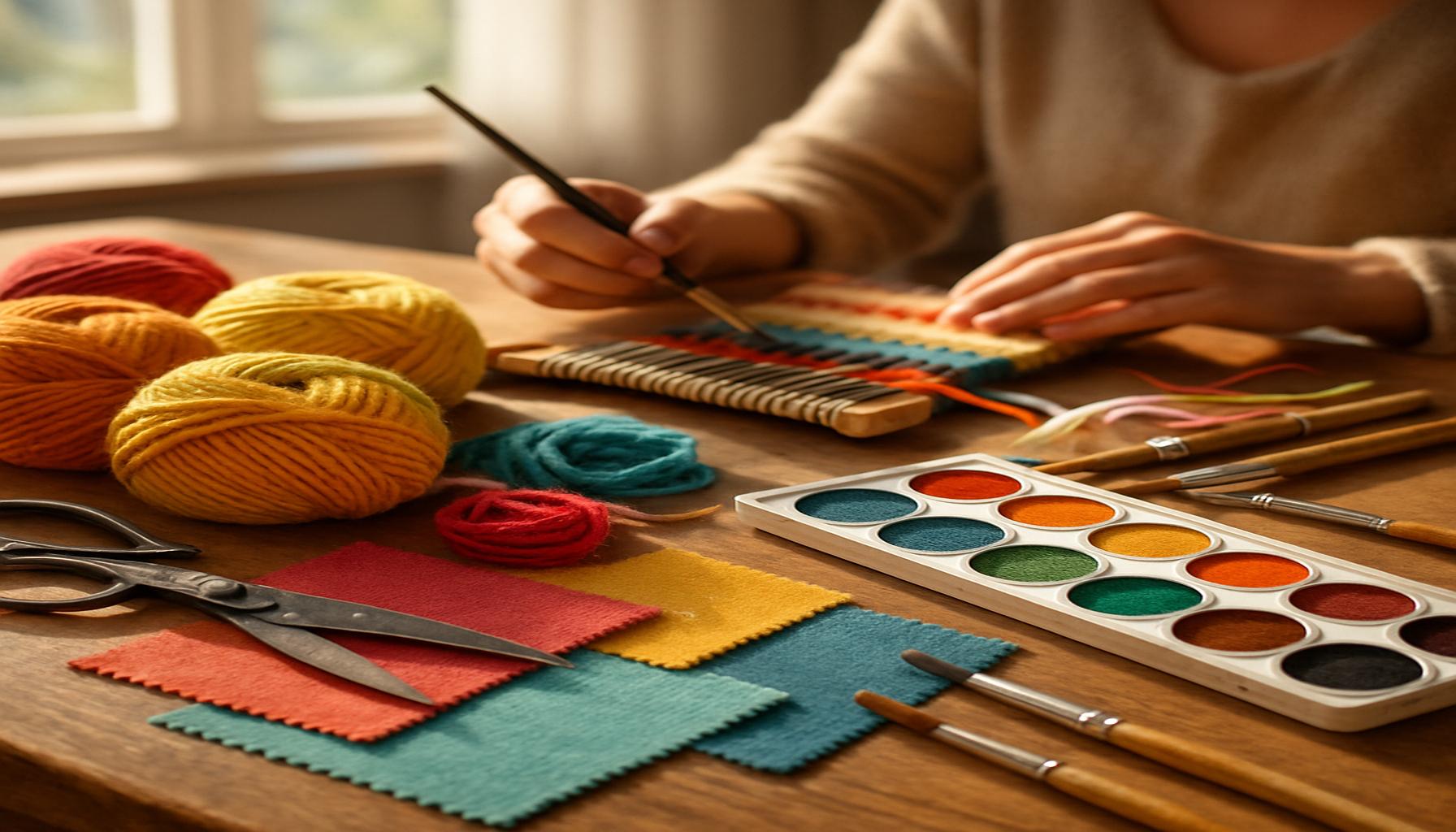Crafting as a Learning Tool: Developing Practical Skills in Youth
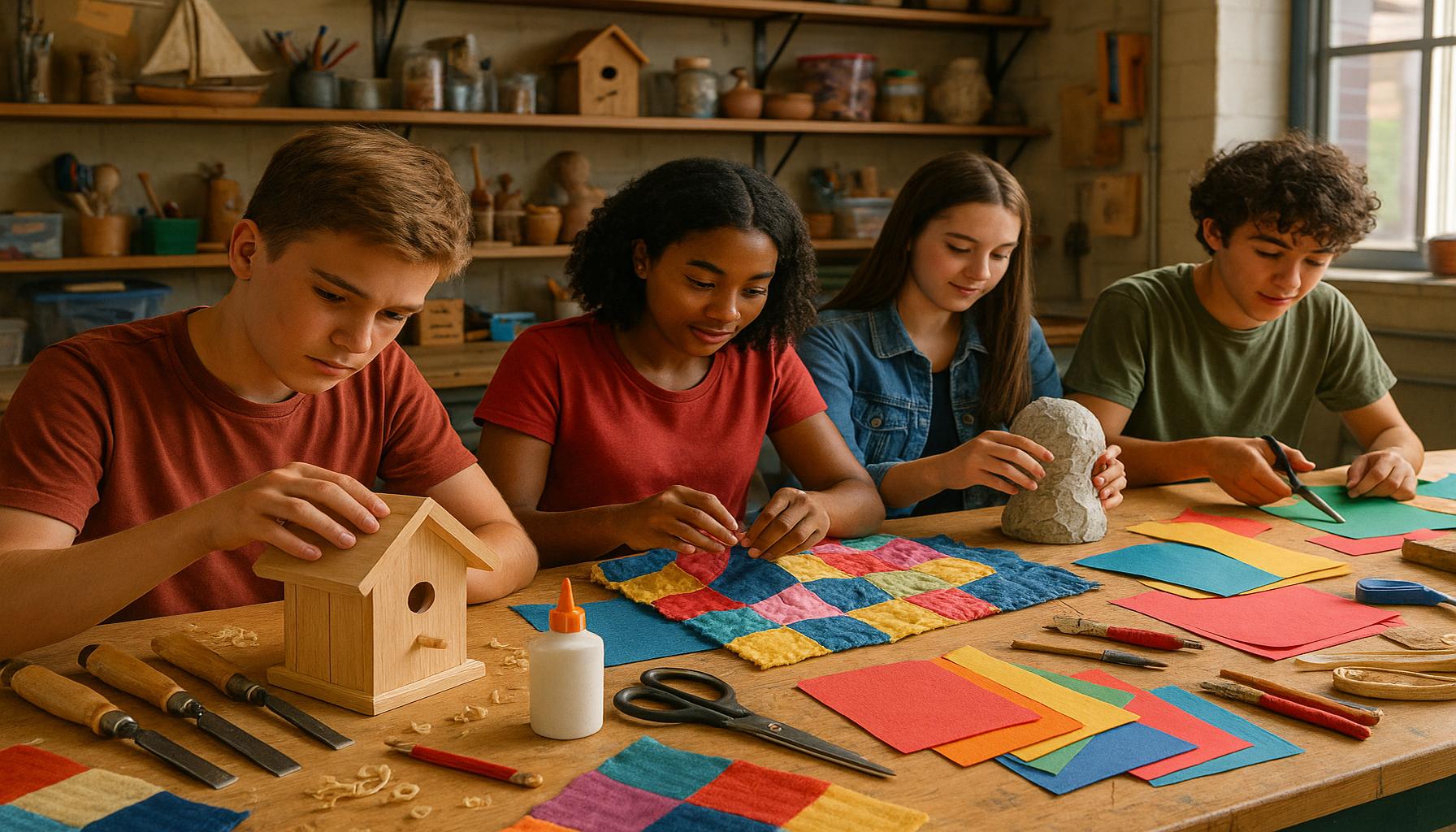
Unlocking Potential Through Crafting
In today’s fast-paced digital age, hands-on learning is becoming increasingly essential for youth development. Crafting as a learning tool provides a unique avenue for young individuals to develop practical skills that are vital for their personal and professional growth. As they engage in various crafting activities, youth not only create tangible items but also cultivate a mindset geared towards problem-solving and creativity, crucial attributes in a world where adaptability is key.
Consider the multitude of benefits that crafting offers:
- Enhanced Motor Skills: Traditional crafts like sewing and woodworking significantly improve hand-eye coordination and fine motor skills. For instance, when children learn to thread a needle or carve a piece of wood, they develop dexterity that translates into other areas, such as sports and academic pursuits.
- Critical Thinking: Crafting challenges youth to plan, design, and troubleshoot their projects. A teenager attempting to build a model airplane must consider aerodynamics, material selection, and structural design. Such projects foster analytical skills and encourage a systematic approach to problem-solving.
- Emotional Resilience: Completing a craft fosters a sense of achievement and boosts self-esteem. Take pottery as an example; the process may involve multiple trials and errors, yet achieving a finished piece instills a profound sense of accomplishment that can enhance emotional health.
Moreover, crafting integrates various subjects, including science, math, and art, making it an effective interdisciplinary learning tool. For example, through the simple act of building a birdhouse, youth can explore principles of physics like balance and weight distribution, geometry through measurements and shapes, and eco-awareness by understanding the needs of local wildlife. These hands-on activities not only engage learners but also help them connect theoretical knowledge with real-world applications.
Furthermore, crafting can serve as a bridge between formal education and practical life skills. In a project-based learning environment, activities such as knitting or building furniture can teach budgeting, quality control, and time management. The potential for growth through hands-on projects is immense, prompting educators and parents alike to consider crafting as a transformative educational approach.
As we dive deeper into this topic, let’s explore how crafting serves not just as a pastime but as a powerful tool for skill development in youth. Organizations across the United States, such as local community centers and schools, are increasingly incorporating crafting workshops into their programs, recognizing the myriad benefits it brings to youth development. These workshops not only boost creativity but also create safe spaces for youth to express themselves and collaborate with peers, further enriching their social and emotional learning.
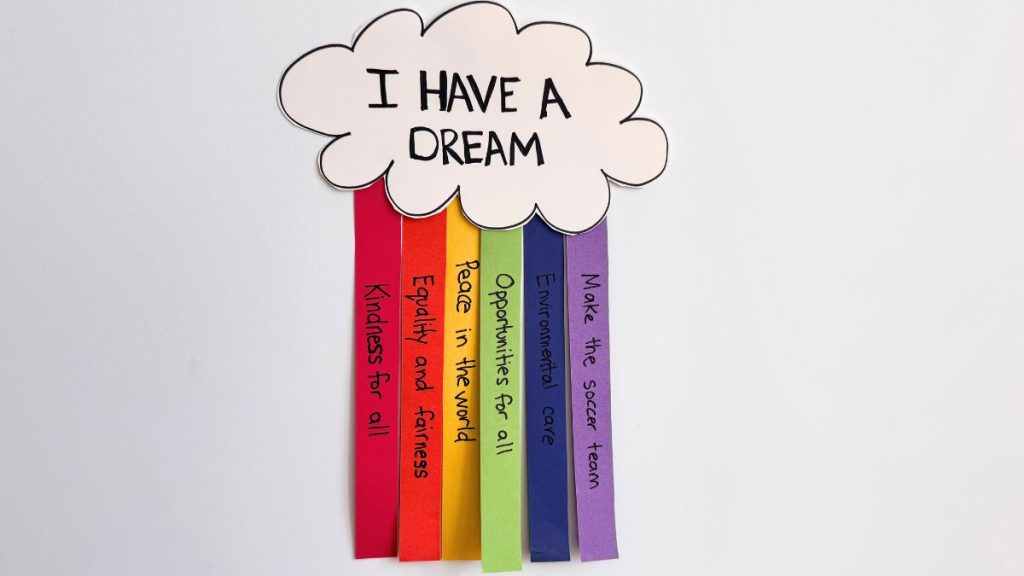
DISCOVER MORE: Click here to dive deeper into the world of crafting
The Multifaceted Benefits of Crafting
Crafting is not merely a hobby; it is a dynamic approach to learning that engages youth on multiple levels. As young individuals immerse themselves in crafting projects, they are introduced to a spectrum of skills that transcend traditional academic boundaries. The benefits of crafting are profound, particularly when it comes to fostering essential practical skills that will serve them throughout their lives. From enhancing cognitive abilities to developing emotional intelligence, crafting is an invaluable resource for youth education.
Building Practical Skills through Hands-on Engagement
One of the most significant advantages of crafting is its ability to foster practical skills through hands-on experience. Engaging with materials—whether it be paper for origami, clay for pottery, or fabric for sewing—allows youth to experiment and learn by doing. According to the National Art Education Association, involvement in hands-on art activities can increase students’ motivation to learn and improve overall academic achievement. Here are some notable skills that crafting can develop:
- Problem-Solving Abilities: Crafting presents unique challenges that require innovative thinking to overcome. For instance, when faced with a project that does not go as planned, a young crafter must adapt and find alternative solutions, fostering resilience and creative problem-solving skills.
- Collaboration and Communication: Many crafting projects—like group murals or community garden initiatives—require teamwork. These activities help young people learn how to communicate effectively, share ideas, and work towards a common goal, all vital skills in today’s collaborative workforce.
- Attention to Detail: Crafting involves intricate steps and precision. Whether measuring, cutting, or assembling, attention to detail is paramount. For example, when constructing a model car, youth must be diligent in ensuring each component fits correctly, a skill that is transferable to various academic and occupational settings.
Interdisciplinary Learning through Crafting
Crafting also embodies an interdisciplinary learning approach, seamlessly integrating subjects such as mathematics, science, and art. This cross-disciplinary engagement helps youth relate theoretical concepts to practical applications. For example, while creating a quilt, individuals must know geometric principles to calculate areas and dimensions, fostering a stronger understanding of math as applicable to real-world scenarios. Additionally, projects like building miniature solar ovens not only stimulate creativity but also introduce concepts in thermodynamics and environmental science. Such cross-pollination of knowledge illustrates that crafting is a powerful vehicle for holistic education.
With the growing recognition of the benefits associated with crafting as a learning tool, organizations across the United States are incorporating these activities into youth programs. Community centers, schools, and after-school initiatives are increasingly offering crafting workshops that provide young individuals with the opportunity to hone their skills in a supportive environment. These workshops often emphasize the importance of creativity, enhancing both individual and collaborative abilities.
In summary, the multifaceted benefits of crafting extend well beyond the simple act of making. By developing practical skills, enhancing emotional intelligence, and fostering interdisciplinary learning, crafting stands out as an exceptional learning tool that helps youth thrive in an ever-evolving world. The journey of exploring these skills through crafting is not just educational but also transformative, instilling a lifelong love for learning and creativity.
| Skills Developed | Benefits of Crafting |
|---|---|
| Motor Skills | Crafting improves fine and gross motor skills, enhancing hand-eye coordination. |
| Creativity | Engaging in crafting fosters creativity, allowing youth to express their individuality through various mediums. |
| Problem-Solving | Craft projects often require critical thinking and problem-solving skills, preparing youth for real-world challenges. |
| Social Skills | Working on group projects enhances teamwork and communication skills, essential for personal and career development. |
Crafting as a learning tool delves into a plethora of practical skills that resonate deeply within a youth’s educational journey. By engaging in hands-on activities, young individuals cultivate not only technical abilities but also vital life skills. The art of creating can transform learning into a dynamic and enjoyable experience, igniting passions that may steer career choices or hobbies for years to come. Recent studies indicate that such skills foster resilience and adaptability—key traits in today’s rapidly evolving environment. As youth explore their craft, they unlock new potentials that might otherwise remain hidden, ultimately preparing them for harmonic participation in society while enhancing their self-esteem and overall well-being.
DIVE DEEPER: Click here to unlock your creative potential
Fostering Creativity and Innovation
Beyond practical skills, crafting serves as a catalyst for creativity and innovation, essential traits in today’s rapidly changing world. As young individuals engage in crafting, they are encouraged to think outside the box and explore their unique ideas. Personal expression is a key component of crafting; it empowers youth to transform their visions into tangible creations. This freedom not only boosts their self-confidence but also enhances their ability to generate inventive solutions across various fields.
Encouraging Emotional Expression and Wellbeing
Crafting is also an effective means of emotional expression, allowing youth to process their thoughts and feelings in a constructive manner. Engaging in creative projects can be therapeutic, providing a sense of accomplishment and joy. Numerous studies have shown that artistic activities, including crafting, can reduce stress and anxiety levels, contributing to overall mental health. In classrooms and community environments, crafting workshops act as safe spaces for youth to explore their emotions and share experiences, promoting social cohesion and well-being.
Cultural Awareness and Historical Context
Another compelling benefit of crafting lies in its ability to introduce youth to cultural awareness and historical context. Crafting projects often draw inspiration from various cultures and traditions, which allows young individuals to gain insights into the world around them. For example, creating traditional Native American beadwork or studying African textiles provides not only a practical skill but also an appreciation for cultural heritage. This not only fosters respect for diversity but also deepens participants’ understanding of global interconnectedness.
Moreover, many crafting techniques have historical significance. By learning these skills, youth come to appreciate the journey of craftsmanship throughout the ages. Understanding the origins of specific crafts—such as pottery in ancient civilizations or weaving in indigenous communities—allows young people to connect past and present, enhancing their critical-thinking skills and historical knowledge.
The Importance of Resilience and Perseverance
Engaging in crafting projects demands resilience and the willingness to persevere through challenges. The iterative nature of crafting—where trials and errors are commonplace—encourages youth to approach problems with patience and determination. For example, when learning to knit, an individual may face frustration when their stitches go awry. However, each misstep becomes a lesson, fostering a growth mindset that is essential for personal and professional success. This sense of perseverance translates well into academic environments, where challenges are often met with similar strategies of adjustment and continuous improvement.
Furthermore, resilience cultivated through crafting extends beyond simple problem-solving. It builds emotional strength by teaching young individuals to embrace failure and view it as a stepping stone towards mastery. Such a perspective is vital in today’s world, where adaptability and innovation are highly prized in both academic and career paths.
In recent years, educators and youth organizations have increasingly recognized the power of crafting as a multifaceted learning tool. By integrating crafting into curriculums and extracurricular programs, they are not only providing avenues for skill development but are also nurturing well-rounded, empathetic, and creative individuals equipped for the future. As these trends continue to grow, the potential of crafting as a transformative educational experience becomes ever more apparent.
DISCOVER MORE: Click here to dive into the world of upcycling
Conclusion: The Transformative Power of Crafting
In a world where rapid technological advancements and changing job markets are the norm, the importance of developing practical skills in youth cannot be overstated. Crafting stands out as a compelling learning tool, effectively blending creativity, emotional expression, and cultural awareness into a holistic educational experience. By engaging in crafting, young individuals not only cultivate a broad range of skills—from problem-solving to fine motor dexterity—but also learn invaluable life lessons about resilience and the importance of perseverance.
The therapeutic benefits of crafting further enhance its role as a constructive outlet for emotional expression, fostering mental well-being and social connections among peers. Workshops and programs centered around craft activities serve as inclusive spaces, allowing youth to explore their identities while appreciating the rich tapestry of global cultures. This not only fuels their understanding of history but also promotes empathy and respect for diversity.
As educators and community organizations increasingly recognize crafting’s multifaceted benefits, the potential for this art form to shape well-rounded, innovative individuals becomes even more evident. By embracing crafting as a core component of educational frameworks, we are investing in the future of our youth—nurturing individuals who are not only skilled and creative but also adaptable and prepared to thrive in an ever-evolving world. As we continue to explore the various dimensions of crafting, there is an invitation for further research and engagement into how these practices can be optimized for the growth of youth across diverse settings.
